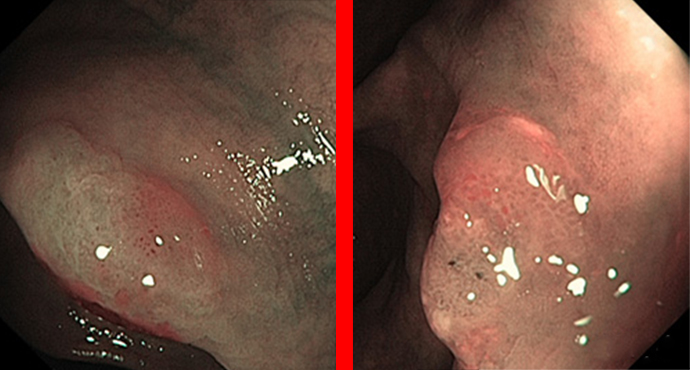The U.S. Preventive Services Task Force recommends that the decision regarding whether to screen persons aged 75 to 85 years for colorectal cancer be individualized
Screening
Screening
Single U.S. Center Reports High Rates of Screening Colonoscopy in Older Patients With Low Life Expectancy: Low Yield and Very High Complication Rates
Colonoscopy Screening at Intervals Longer Than 10 Years Is Feasible
Case-control studies and cohort studies have found that colonoscopy prevents colorectal cancer (CRC) for 15 to 20 years or more. However, only a few small
Review Indicates Colorectal Cancer Screening Guidelines Have Inadequate Reporting and Discussion of Screening Harms
Cancer screening can lead to patient-level harms from screening tests, diagnostic follow-up, and cancer treatment. This review examined U.S. screening guidelines on breast, cervical, colorectal,
There Are Now 5 Randomized Controlled Trials of Flexible Sigmoidoscopy Screening, and They All Show It Works
Four previous randomized controlled trials of flexible sigmoidoscopy (FS) have shown reductions in at least distal colorectal cancer (CRC) incidence and mortality after FS screening.
How Much Will Screening 45- to 49-Year-Olds Affect ADR?
With the advent of screening average-risk persons beginning at age 45, many are wondering whether minimum acceptable adenoma detection rate (ADR) thresholds will need adjustment,
How Do We Get to 80% Screening?
Douglas K. Rex, MD, FASGE reviewing Inadomi JM, et al. Clin Gastroenterol Hepatol 2019 Dec 27. The National Colorectal Cancer Roundtable set a goal of
Polyp Classification: WASP (incl. SSA)
The following gallery of images is intended to present the newly evaluated characteristics in the WASP classification, but it also illustrates the problems that still
How can I identify sessile serrated adenomas?
Flat polyps are difficult to identify and may be easily overlooked, particularly in the right colon, where there is sometimes limited bowel cleansing. If a
Fecal DNA testing — a new threat to screening colonoscopy?
Fecal tests have increasingly moved on from the classic fecal occult blood test (FOBT) to fecal immunologic testing (FIT), particularly in countries with newly introduced



